Audio-visual devices have become an integral part of our daily lives, bringing entertainment, information, and connectivity to our homes and workplaces. Connecting these devices often requires the use of cables, and one common configuration is the yellow, red, and white cable setup. In this article, we will explore the importance of these cables, their functionalities, and where they are commonly used. Functionality of Yellow, Red, and White Cables: The yellow, red, and white cable setup, also known as composite cables, offers a simple and convenient solution for transmitting audio and video signals between various devices. Each cable serves a specific purpose. 1. Yellow Cable (Composite Video): The yellow cable is responsible for transmitting composite video signals. It carries a single video signal, sending the complete image data in a composite form, which means the video and sync signals are combined. The yellow cable is used to transmit standard definition video (480i) and is commonly found in devices like VCRs, DVD players, and older gaming consoles. 2. Red Cable (Right Audio Channel): The red cable, usually paired with the white cable, carries the right audio channel.

.
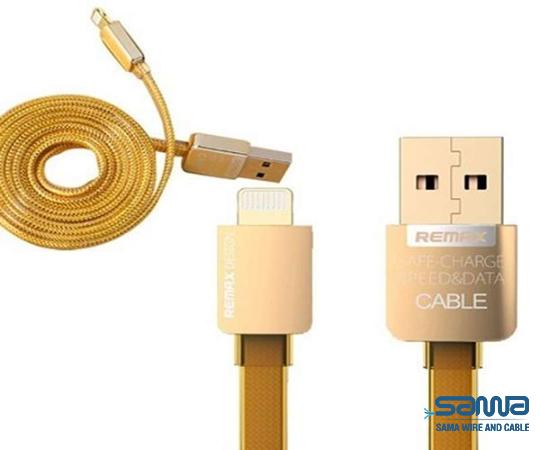 It transmits the audio signal and helps create a stereo effect. When connected to a compatible device, the red cable ensures sound is heard from the right speaker or headphone. 3. White Cable (Left Audio Channel): Like the red cable, the white cable is an audio cable, carrying the left audio channel. It complements the red cable and allows for a stereo sound experience. When both the red and white cables are connected to the appropriate devices, the left and right channels merge, creating a rich and immersive audio experience. Common Applications: Yellow, red, and white cables are commonly found in various audio-visual setups, including: 1. Gaming Consoles: Many older gaming consoles, such as the Nintendo Wii, PlayStation 2, and Xbox, still utilize composite cable connections.
It transmits the audio signal and helps create a stereo effect. When connected to a compatible device, the red cable ensures sound is heard from the right speaker or headphone. 3. White Cable (Left Audio Channel): Like the red cable, the white cable is an audio cable, carrying the left audio channel. It complements the red cable and allows for a stereo sound experience. When both the red and white cables are connected to the appropriate devices, the left and right channels merge, creating a rich and immersive audio experience. Common Applications: Yellow, red, and white cables are commonly found in various audio-visual setups, including: 1. Gaming Consoles: Many older gaming consoles, such as the Nintendo Wii, PlayStation 2, and Xbox, still utilize composite cable connections.
..
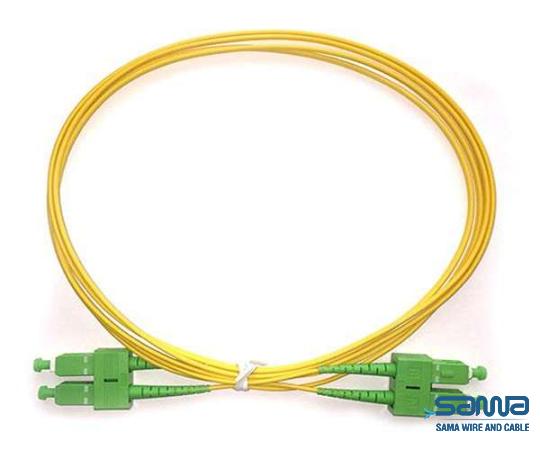 These consoles often come packaged with yellow, red, and white cables, allowing users to connect them to televisions or monitors that support composite input. 2. DVD Players and VCRs: Composite cables are commonly used to connect DVD players, VCRs, or DVRs to televisions. These devices utilize the yellow cable to transmit video signals, while the red and white cables carry the audio signals to the TV’s speakers. 3. CCTV Systems: Closed Circuit Television (CCTV) systems often use composite cables to connect cameras to recording and monitoring devices. The yellow cable carries the video signal, while the red and white cables transmit audio (if applicable) from the microphones integrated into the cameras.
These consoles often come packaged with yellow, red, and white cables, allowing users to connect them to televisions or monitors that support composite input. 2. DVD Players and VCRs: Composite cables are commonly used to connect DVD players, VCRs, or DVRs to televisions. These devices utilize the yellow cable to transmit video signals, while the red and white cables carry the audio signals to the TV’s speakers. 3. CCTV Systems: Closed Circuit Television (CCTV) systems often use composite cables to connect cameras to recording and monitoring devices. The yellow cable carries the video signal, while the red and white cables transmit audio (if applicable) from the microphones integrated into the cameras.
…
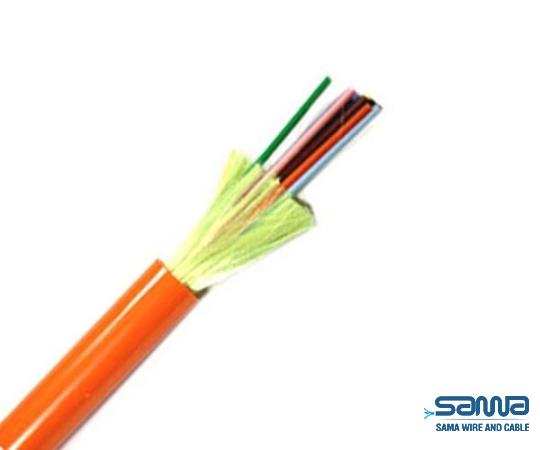 4. Audio Equipment: The red and white cables can be found in audio equipment setups such as amplifiers, receivers, and soundbars. They allow for easy connection to sources like CD players, MP3 players, or TVs, providing better audio quality compared to a single audio cable. Conclusion: Understanding the significance of yellow, red, and white cables in audio-visual connectivity is crucial for effectively setting up and connecting various devices. Whether you’re connecting gaming consoles, DVD players, or audio equipment, these cables play a vital role in achieving quality audio and video signals. While newer technologies like HDMI and digital connections dominate the market, the yellow, red, and white cable setup remains relevant for older devices and specific applications. Nonetheless, it’s important to keep pace with evolving technologies to ensure seamless connectivity and better audio-visual experiences.
4. Audio Equipment: The red and white cables can be found in audio equipment setups such as amplifiers, receivers, and soundbars. They allow for easy connection to sources like CD players, MP3 players, or TVs, providing better audio quality compared to a single audio cable. Conclusion: Understanding the significance of yellow, red, and white cables in audio-visual connectivity is crucial for effectively setting up and connecting various devices. Whether you’re connecting gaming consoles, DVD players, or audio equipment, these cables play a vital role in achieving quality audio and video signals. While newer technologies like HDMI and digital connections dominate the market, the yellow, red, and white cable setup remains relevant for older devices and specific applications. Nonetheless, it’s important to keep pace with evolving technologies to ensure seamless connectivity and better audio-visual experiences.

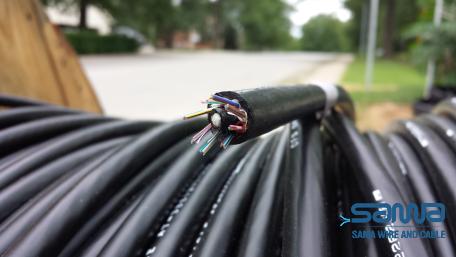

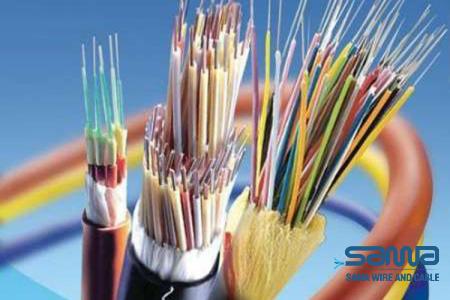
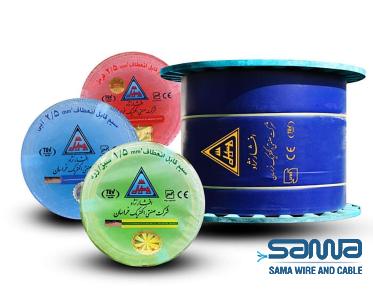
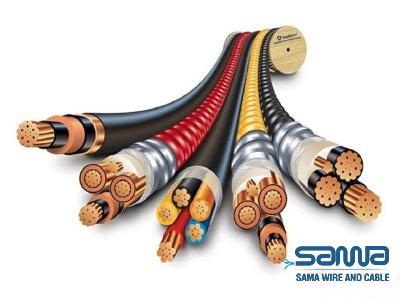
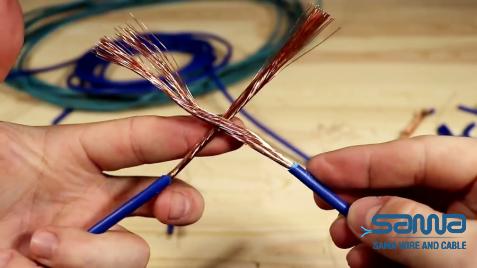
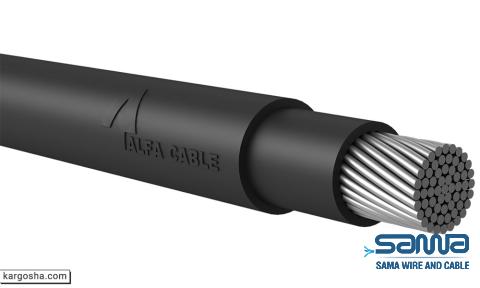
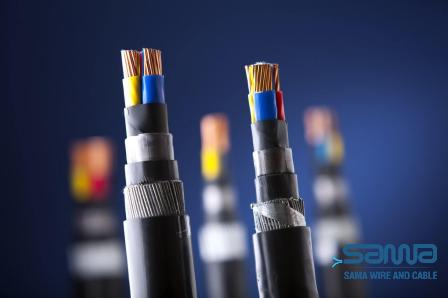

Your comment submitted.